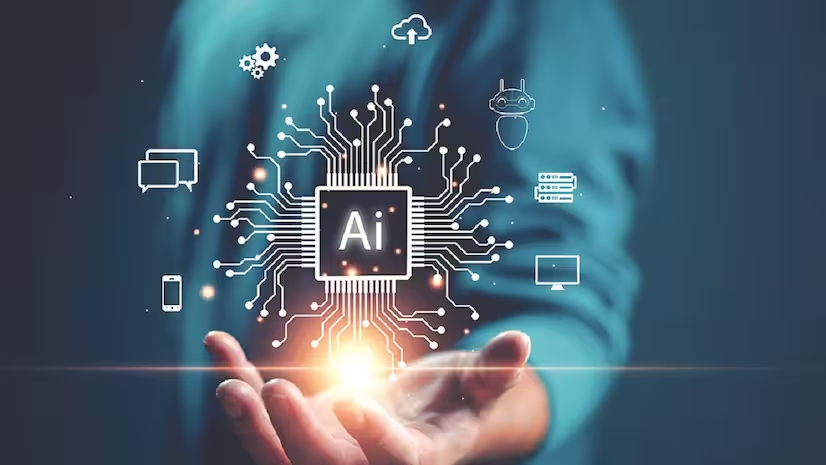In 2024, debates around AI safety took a significant turn as Silicon Valley pushed back against concerns over catastrophic AI risks. Once a prominent topic, AI doom—a term describing fears of AI systems causing societal collapse—faded as tech leaders like Marc Andreessen advocated for rapid AI development with minimal regulation.
Andreessen’s 7,000-word essay, "Why AI Will Save the World," became a cornerstone of this perspective. He argued that advancing AI swiftly would prevent monopolization by a few entities and ensure the U.S. remains competitive with China. Critics, however, noted the financial incentives for his venture capital firm, a16z, and its AI investments.
Meanwhile, efforts to regulate AI faced challenges. California’s SB 1047, aimed at preventing AI-related catastrophic risks, was vetoed by Governor Gavin Newsom despite endorsements from researchers like Geoffrey Hinton. The bill’s vagueness and perceived hostility toward open-source AI stirred controversy. Opponents, including a16z, labeled it impractical, citing claims—later debunked—that developers could face perjury charges.
Public sentiment around AI shifted as technologies revealed their limitations. From quirky AI errors to futuristic applications, 2024 highlighted both the possibilities and pitfalls of AI. Critics of the AI doom narrative, such as Meta’s Yann LeCun, dismissed fears of rogue AI systems as far-fetched, emphasizing that superintelligent AI remains a distant concept.
Despite setbacks, AI safety advocates remain hopeful. Organizations like Encode believe growing awareness will inspire new legislative efforts in 2025. As debates continue, balancing innovation with ethical considerations will be critical for policymakers and the tech industry alike.
TECHCRUNCH
Read More






 Sunday, 30-11-25
Sunday, 30-11-25







